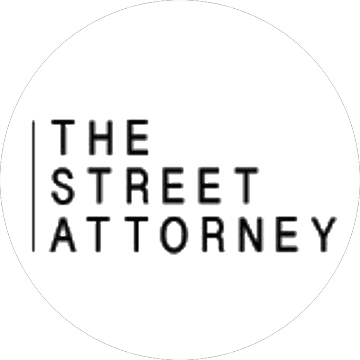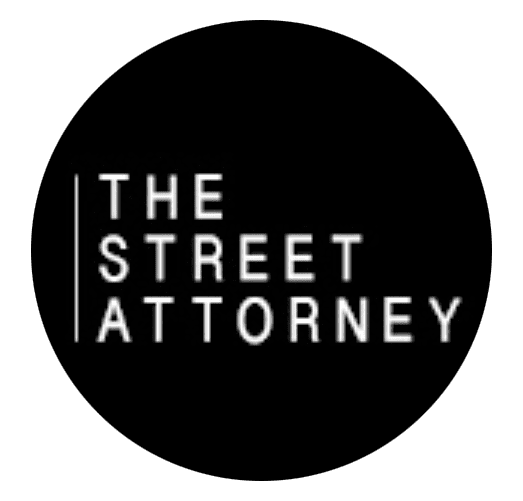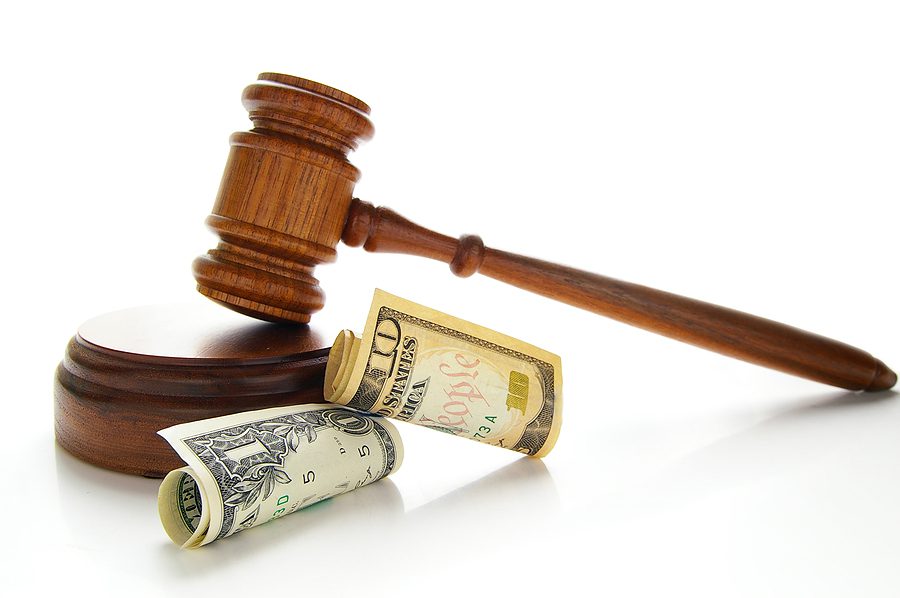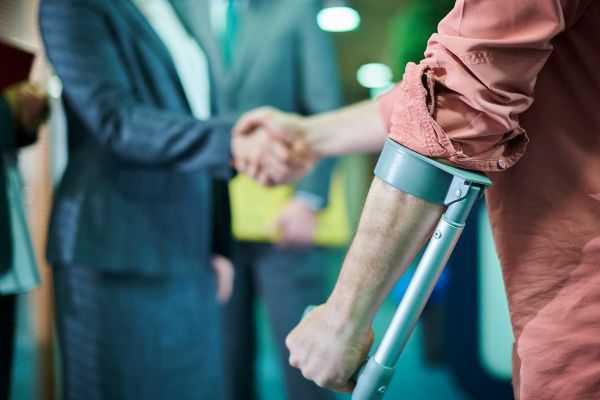How To Prove You Are Not At Fault In A Car Accident
Tragically, many people who are not at fault in car accidents end up paying the price. Don’t let this happen to you! The number of accidents in New York has been increasing over the past several years. In one recent year, 402,592 accidents took place across the state. While this is only a slight increase from the previous year, it is a substantial jump from just three years earlier when only 374,000 accidents took place in NY. This increase has resulted in about 11,000 more injuries.
Accidents happen for many reasons. They can happen because of poor driving, bad weather, or bad road conditions. Because there are so many variables to take into consideration, sometimes it can be difficult to prove who hit who. If you were in a car accident, you may be eligible for financial compensation. Find out how to prove fault in a car accident.
How Can You Prove Fault After an Accident?
Fault actually isn’t a major issue in most NY car accident cases because of the state’s no-fault insurance laws. When your injuries exceed the limits of your own personal injury protection policy, however, you may need to file a claim with the other driver’s insurance company—and then you will need to prove fault.
When it comes to paying out these claims after a car accident, one of the most important considerations is who hit who. Usually, the person who collided with another vehicle will be considered at fault. However, this is not always the case. If a driver turns in front of oncoming traffic or makes an illegal action, they may hold some or full responsibility in an accident.
Not surprisingly, the issue of fault isn’t usually a straightforward matter. At-fault accidents can increase insurance rates and may open a person to a personal injury suit. As such, many drivers try to deflect some or all of the blame. So how can you tell who hit who when there’s a disagreement or fault is unclear?
Physical Evidence
Physical evidence is one of the first things insurance adjusters will look at after an accident. Evidence at the scene can tell you a lot about what happened. That’s why it’s important to take pictures of the damage and any physical evidence at the time of the accident. While photos and actual physical damage can help reconstruct an accident, other evidence not immediately apparent can help fill in some of the gaps.
Physical evidence may include:
- Cell phone records
- Mechanic reports
- Accident pictures
- Property damage at the scene

Witness Statements
Physical evidence doesn’t always tell the whole story. That’s why insurance adjusters and the parties’ attorneys will want to talk to anyone who may have witnessed the accident. While witness statements won’t be the end-all when it comes to determining fault, they can provide important details.
Was either one of the drivers speeding at the time of the collision? Did one of the drivers run a red light? Even if a witness did not directly see the accident, they can still give insight into what happened in the moments leading up to the accident.
If a witness pulled over at the scene of the accident, it is important to get their contact information so that your attorney can follow up with them at a later date. At a minimum, be sure to get the witness’s name and phone number. Sometimes there may be witnesses who do not appear at the scene of the accident but have information that may be helpful. If the accident happened in the city or a residential area, you may want to talk to nearby businesses or homeowners to see if they saw what happened.
Video Capture
It’s hard to dispute evidence when it is captured on video. How do you know if there is a video of the accident? Many times you won’t. An experienced personal injury attorney can talk to nearby businesses to see if there if a surveillance camera may have been angled at the scene of the accident. Other forms of video may include:
- Traffic cameras
- Dash cams
- Cell phone cameras
New York Traffic Laws
Most of the time. an accident happens because one or more of the drivers violated a traffic law. Following too close may cause a rear-end accident or failure to yield the right of way can cause a collision at an intersection. If a driver was cited for a traffic infraction at the scene of the accident, or in the minutes leading up to the accident, this could play a role in proving fault.
One of the most common causes of accidents in NY and across the United States is distracted driving. In one recent year, distracted driving killed 3,166 people. Cell phones are the most common cause of distraction for drivers. Other traffic violations may include:
- Speeding
- Following too close
- Illegal lane changes
- Aggressive driving
- Driving under the influence
Accident Reconstruction
If there is still a question of fault after the relevant evidence has been reviewed, your attorney may suggest hiring someone to reconstruct the accident. Accident reconstruction experts use physical evidence and physics to reconstruct how the accident likely played out. Accident reconstruction is not 100 percent reliable. These reports may only provide more information and clarification. In the case where the parties dispute fault, both sides may hire their own accident reconstruction experts.
Common Car Accident Scenarios
Sometimes it’s hard to tell who is at fault. Accidents can happen in a split second, taking both drivers off guard. But even if it seems like the accident came out of nowhere, there are some circumstances where there is presumed fault. In these cases, the mechanics of the accident or relevant statistics are a clear indicator of who caused the accident.
Rear-End Accidents
Between 2012 and 2014, about half of all two-vehicle crashes in the United States were rear-end accidents. A study found that 87 percent of these crashes were caused by the trailing driver failing to pay attention to the traffic ahead of them. A rear end-accident happens when the front end of one vehicle collides with the back end of the vehicle in front of them. These accidents typically happen when the rear driver is following too close. The law requires all drivers to maintain a safe following distance between their vehicle and the vehicle in front of them. This is why fault in rear-end accidents is almost always undisputed. The rear driver is usually at fault, even if the driver in front of them suddenly and unexpectedly slams on their brakes.
There are a few exceptions to this presumption:
- If the lead driver slammed on their brakes for no apparent reason (there were no other vehicles or hazards in front of them), they may hold liability.
- The lead driver may be at fault if they were tapping their brakes to get the trailing driver to back slow down or if they were participating in road rage.
- The lead driver suddenly cut in front of the other driver.
- The rear driver was hit from behind before hitting the driver in front of them.
Left-Turn Accidents
Drivers make left turns every day. But we often take for granted just how dangerous this action is. A left turn requires a driver to turn across one or more lanes of traffic. Unprotected left turns, i.e. turns that do not have a green turn signal or other traffic device, are one of the most dangerous traffic maneuvers. Unprotected left turns require a driver to use their judgment to decide when it is safe to turn across traffic.
When it comes to determining fault, the driver making the turn is typically at fault. This is because the other driver usually has the right of way. However, the turning driver is not always at fault. Exceptions may include:
- The driver going straight was speeding.
- The turning driver had a green light
- The turning driver could not see the oncoming driver because the oncoming vehicle was not using their headlights at night.

Head-On Accidents
Head-on accidents happen when two vehicles collide with one another head-on. These accidents are some of the most dangerous and deadly accidents. Fault is usually straightforward in these types of accidents. For two drivers to collide head-on, one of the drivers must have been traveling in the wrong direction. In this case, the wrong-way driver is at fault.
Parking Lot Accidents
Parking lots are one of the most common locations for accidents. Parking lots handle a large volume of vehicles and pedestrians traveling in a variety of directions. This is compounded by the fact that many parking lots have very little or no traffic devices.
Some of the most common types of accidents include:
- Accidents where a driver backs into another vehicle: Parking lots require drivers to back out of parking spaces. If a driver does not check behind their vehicle or if a car comes up unexpectedly, there may be a collision. In most cases, the driver backing up will be at fault. This may not be the case if the forward driving vehicle intentionally or negligently travels into the path of the rear driving vehicle.
- Two drivers driving into the same space from opposite directions: Parking spaces are designed for a vehicle to drive forward into the space and back out of the space. But some drivers like to drive through two spaces so that they can park facing the rear of the parking space. If a collision occurs when two vehicles enter the same space, the driver driving through the space will likely be at fault because it will likely be determined that they were driving the wrong way.
- Two vehicles are backing out of parking spaces across from one another at the same time: If two vehicles back into each other, it may be difficult to determine who is at fault. If there were witnesses, they may know who left the spot first. If there are no witnesses to the accidents, the drivers may share fault in the accident.

Recovering Damages After a Car Accident
Determining fault can make a difference in the amount of damages you can recover. It is important to understand that you are eligible to make a personal injury claim even if you hold some of the fault in the accident. New York follows pure comparative fault laws. This means that even if you hold the majority of the fault, you can still make a claim. The amount of your recovery will be proportionally reduced based on your level of liability.
When determining damages, a variety of factors will come into play. This includes:
- Medical bills, including doctor visits, medical transportation, medication, surgery, hospital stays, medical devices, and rehabilitation.
- Lost wages, to help cover the cost of lost wages because of missed time at work. In the event you cannot return to work, you may recover future lost wages.
- Pain and suffering, to cover actual physical and mental pain including chronic pain, emotional distress, depression, anxiety, and PTSD.
- Loss of consortium, to compensate immediate family members, typically a spouse, for the loss of companionship because of the victim’s physical or mental injuries.
- Wrongful death, to cover the reasonable burial and funeral costs, as well as lost wages, medical costs, and pain and suffering.
If you have any other questions, please contact us for a free consultation today!




